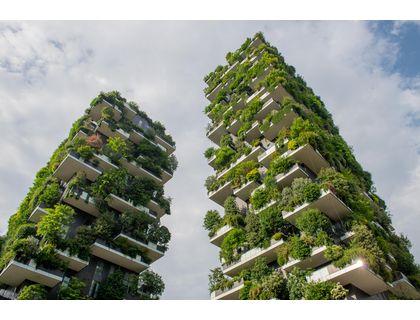0800 011 4531
Call FREE: Mon-Thu: 08:30-17:00 Friday: 08:30-16:00
Obvious threats to the environment have pushed world organisations to search for climate change solutions. Changes have been evident in key factors such as harvests, sea level and the devastation caused by natural disasters.
In October 2018, a group of experts published a report that warns of the necessary limit fo global warming by 1,5 degrees, avoiding reaching the 2-degree mark.
Although everything depends on how fast global temperatures rise, experts warn of reaching a point of no return. This would put an end to several ecosystems, as well as creating the ice-melting that would endanger biodiversity and many coastal areas.
For this reason, a 1,5-degree limit has been established. Experts calculate that this rise could be manageable as long as it's gradual and the planet can adapt to it.
One of the main factors responsible for climate change is the creation of energy via fossil fuels, which emit tons of CO2 to the atmosphere.
This is why, one of the main climate change solutions is to set a limit of 100% renewable-energy resources on the short term. This would entail eliminating the most polluting sources and changing the current energetic model.
Besides, using this type of energy would allow less-developed areas to improve without affecting their environment. As an example, 19 million people in Bangladesh are currently using solar-powered batteries for electric energy.
Experts also recommend enhancing cleaner and efficient transport, as well as promoting collective solutions instead of individual vehicles as part of the climate change solutions.
Many cities are renovating their rolling stock with hybrid and electric cars, leaving the fossil fuel dependance behind. The goal is to cut 40% of energy consumption by 2050.
According to research, a third of the energy that is consumed comes from buildings. This research also points that saving technologies could be implemented, improving isolation and reaching energy optimisation, that would lead to self-sufficiency and zero emissions.
There are many things to be done in an individual level to improve the planet's health. As an example, a third of all produced food ends up in the trash, a problem that clearly points towards the necessity of a change of habits.
Sustainable development and the responsible use of resources is not only one of the greatests climage change solutions, but also is part of food safety policies and health programs.
There's no magic formula to stop the planet's damage, but collective actions are needed in individual, corporate and administrative levels. Fortunately, there's still time to do it, although the clock keeps ticking, making action an imperative now.
